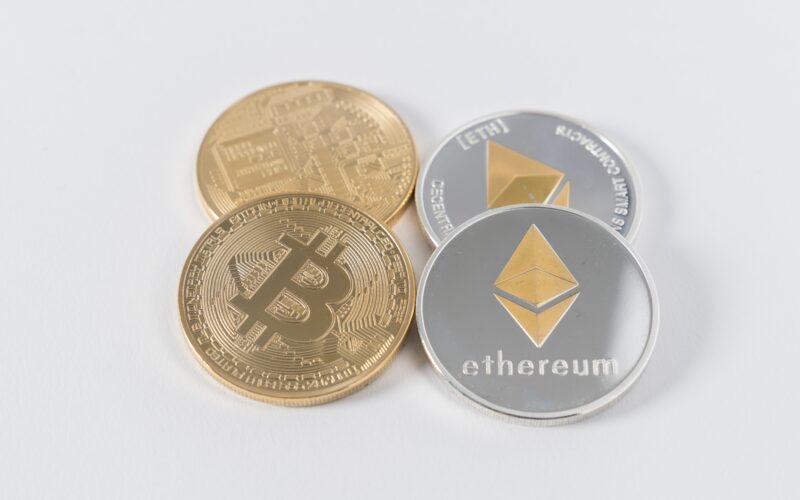The levels of computer processing and energy required to mine cryptocurrency has been worrying environmentalists for a while now. How eco-friendly cryptocurrency was wasn’t one of the focuses of the new system when it was first established. But with most energy sources for computer processing coming from fossil fuels and an increasing number of cryptocurrencies on the market, this new currency could soon become a major contributor to global carbon emissions.
According to the Bitcoin Electricity Consumption Index, Bitcoin mining uses more energy than Sweden. Recently, smaller more eco-friendly cryptocurrencies have emerged on the market, aiming to address environmental concerns. While it’s hard to predict just how environmentally friendly they would be if scaled to Bitcoin, but in terms of approach to mining and current energy consumption per coin, some are currently greener than others.
We’ve put together a list of some of the most eco-friendly cryptocurrency on the market today to watch.
1. SolarCoin (SLR)
SolarCoin aims to drive real world action through incentivising solar power. This eco-friendly cryptocurrency employs a unique approach to production with one coin being produced for every MWh generated from solar energy. Users upload documentation of solar energy generation and are in turn rewarded with SolarCoins.
2. Cardano (ADA)
Cardano is a more energy efficient platform than Bitcoin requiring token purchase to join the network using a “proof of stake” system. Cardano claims to only consume 6 GWh of power per year compared to Bitcoin’s 112 TWh making it a much more eco-friendly cryptocurrency.
3. Chia (CXH)
Unlike Cardano, Chia uses a mining process known as “proof of space” allowing it to be a more eco-friendly cryptocurrency by utilizing less energy and computing power. Users can download the network’s transaction platform, Mainnet and use free hard-drive space to plot and farm tokens. Chia claims to use only .16% of the energy consumption of Bitcoin and .36% of Ethereum.
4. BitGreen (BITG)
Similar to SolarCoin, the BitGreen approach to eco-friendly cryptocurrency aims to incentivize environmentally friendly action. Users can earn BITG by recording eco-friendly activities such as carpooling or buying sustainable coffee. You can mine BitGreen through a low energy “Proof of stake” algorithm from any computer without special software. In terms of energy consumption, BitGreen comes in at only .06% of Bitcoin’s current consumption.
5. Algorand (ALGO)
Algorand claims to have a carbon neutral blockchain and pledges to be carbon negative in the future. Requiring minimal computational power, Algorand emits less than 2 million times the CO2 compared to other blockchains. Algorand is also partnered with ClimateTrade and offsets the carbon footprint created by the blockchain to ensure carbon negativity.
Sustayn is designed to present the most useful recommendations for environmentally friendly approaches and items. We update links when possible, but note that links can be broken and pricing, where noted, can be subject to change.








